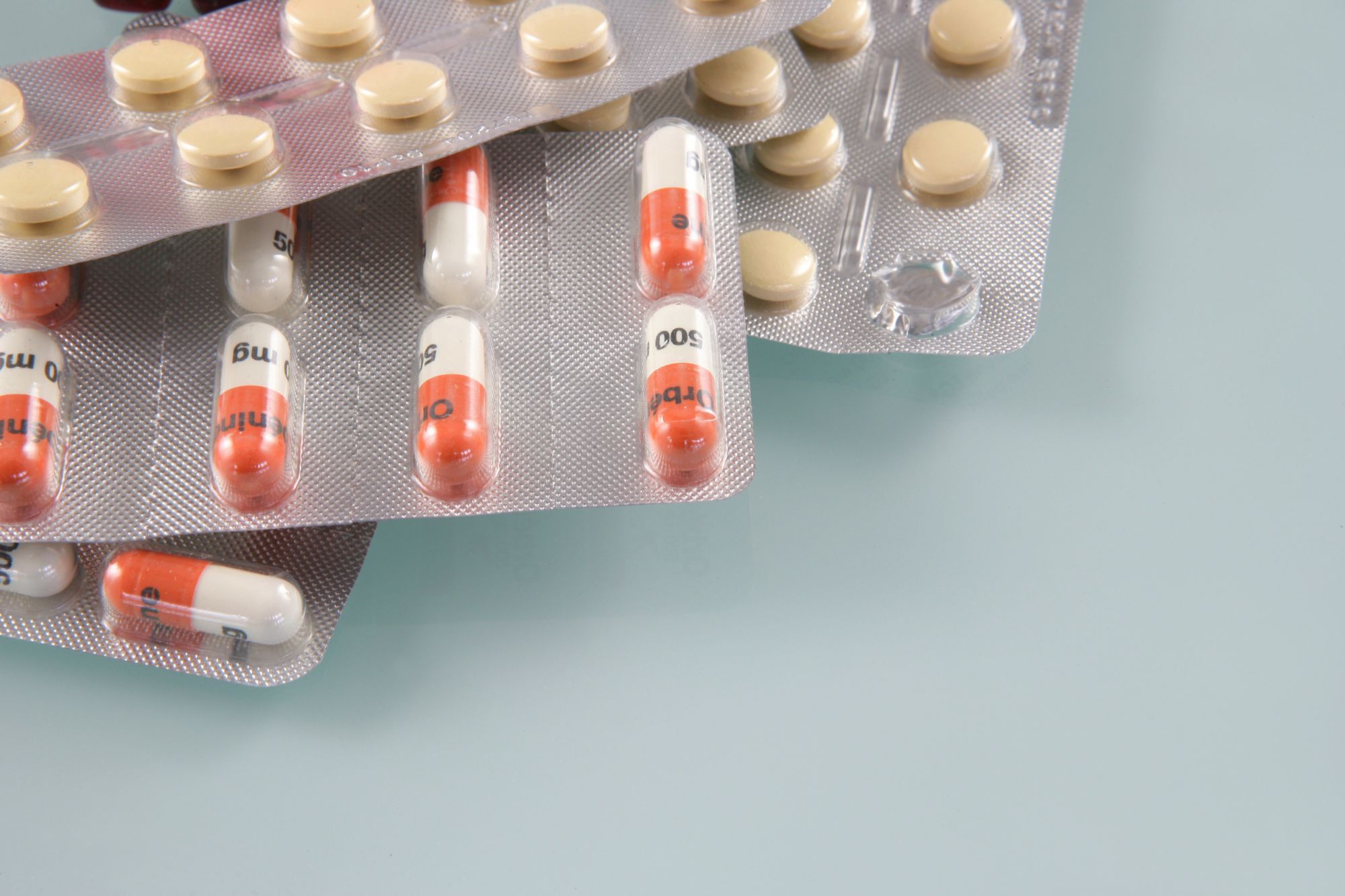-
 Internal combustion hydrogen engine
Internal combustion hydrogen engine
-
 Thrust
Thrust
-
 Krebs cycle
Krebs cycle
-
 Amphidromic point
Amphidromic point
-
 Planèze
Planèze
-
 Serine
Serine
-
 Pylorus
Pylorus
-
 Secondaries
Secondaries
-
 SEPP
SEPP
-
 Solar time
Solar time
-
 Vibrissa
Vibrissa
-
 Radial velocity
Radial velocity
-
 Lintel
Lintel
-
 Methylergometrine
Methylergometrine
-
 Poikilotherm
Poikilotherm
-
 DDT
DDT
-
 Mica
Mica
-
 Crab nebula
Crab nebula
-
 Photosphere
Photosphere
-
 Euhaline water
Euhaline water
-
 Launcher Integration Building
Launcher Integration Building
-
 Stalactite
Stalactite
-
 Monospecific
Monospecific
-
 Dehiscence
Dehiscence
-
 Prevention
Prevention
-
 Landsat
Landsat
-
 WAP
WAP
-
 GDP
GDP
-
 Phytosociology
Phytosociology
-
 Orphan medicine
Orphan medicine
Phenicol
The main antibiotic in the family (of phenicols) is chloramphenicol. These medicines have a very wide spectrum of action although there are many resistant strains of organisms. They are still used, however, particularly in Chlamydia and Mycoplasma infections.
How do the phenicols work?
This type of compound, which is mostly bacteriostatic, binds to the cell ribosome and inhibits protein synthesis in pathogenic bacteria. This therefore slows their multiplication.
Do they have contraindications or precautions?
These antibiotics have many side effects. In particular patients can develop a – reversible – problem with iron metabolism. Nausea, vomiting and diarrhoea may also occur. Administration of excessive doses to infants may be fatal. Excessive blood concentrations lead to inability of the liver to metabolise the medicine.
Source: Merck Manual – 4th edition
 The phenicols are bacteriostatic antibiotics. © Phovoir
The phenicols are bacteriostatic antibiotics. © Phovoir
Latest
Fill out my online form.



